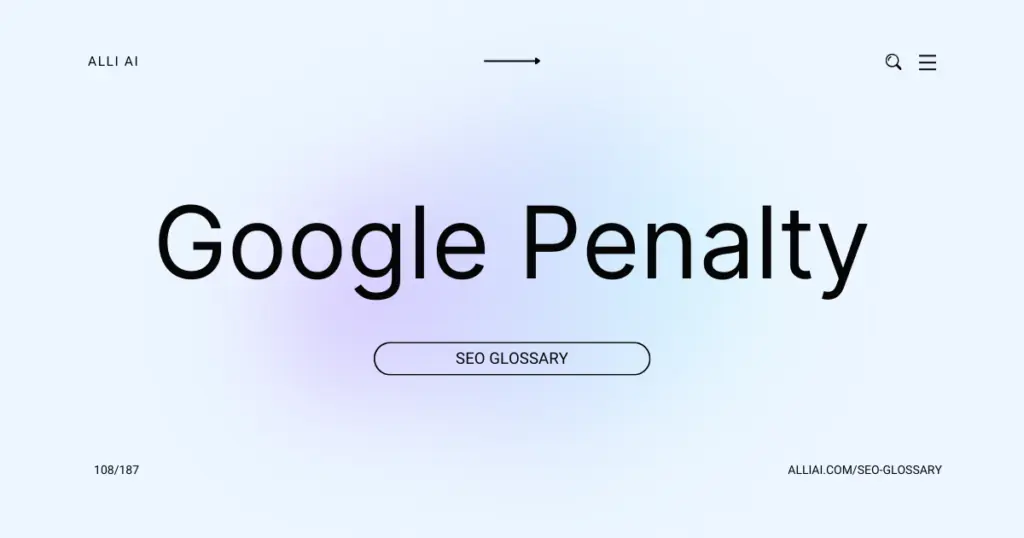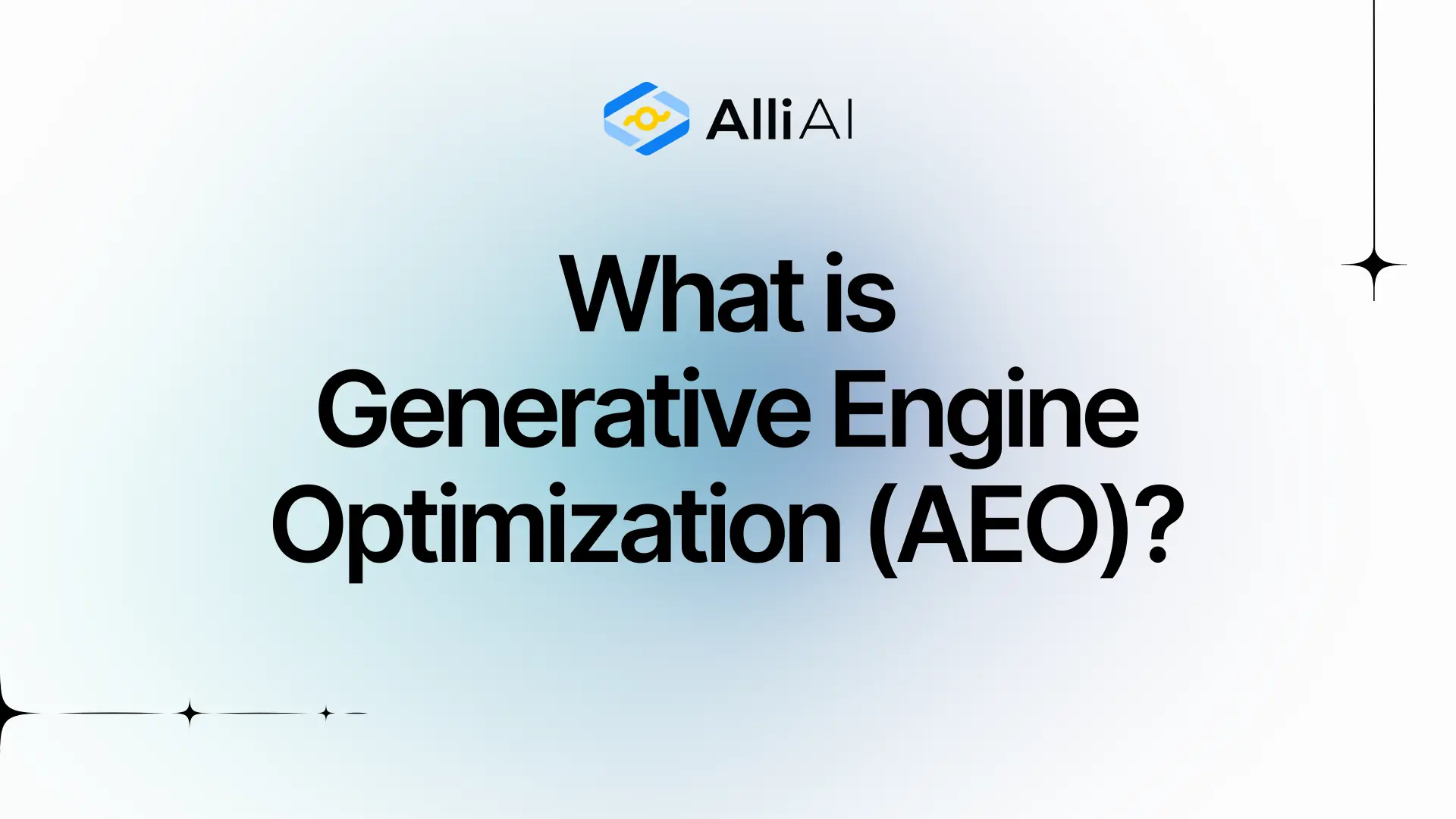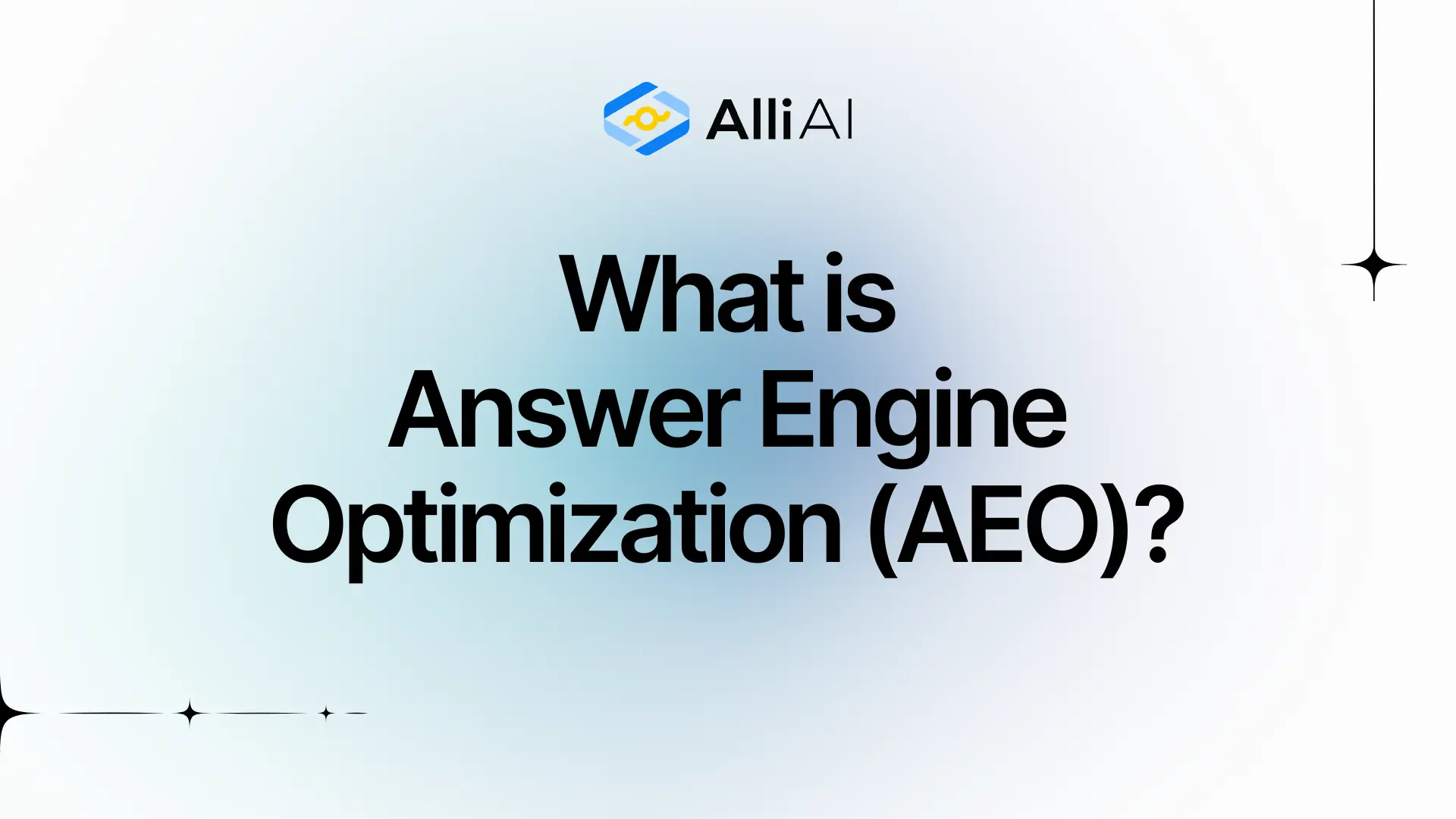What Does Google Penalty Mean?
A Google Penalty is a punitive action taken by Google against websites that violate its guidelines or engage in practices considered deceptive or manipulative to improve search engine rankings. This can result in the website dropping in search results or being removed entirely, negatively affecting its visibility and traffic.
Where Does Google Penalty Fit Into The Broader SEO Landscape?
A Google penalty is a punitive action taken by Google against websites that violate its Webmaster Guidelines. These penalties can result from algorithm updates or manual reviews and can severely impact a website’s search engine rankings. Within SEO, managing and avoiding Google penalties is crucial for maintaining site visibility and performance. Effective SEO practice involves adhering to Google’s guidelines, employing ethical SEO techniques (white-hat SEO), and regularly monitoring algorithm updates to prevent penalties that could result from practices such as keyword stuffing, cloaking, or using private link networks. Recovering from a Google penalty typically requires identifying the offending content or practices, correcting them, and then submitting a reconsideration request to Google.
Real Life Analogies or Metaphors to Explain Google Penalty
1. A Google Penalty is like a teacher giving a student detention for breaking school rules — Just as the student must serve time and possibly miss out on fun activities, a website penalized by Google will lose visibility, potentially missing out on valuable traffic.
2. Think of a Google Penalty as a red card in a soccer game — When a player gets a red card, they’re sent off the field, weakening their team. Similarly, when a website receives a Google Penalty, it’s removed from search results, weakening its online presence.
3. A Google Penalty is like getting a speeding ticket — If you drive too fast, you’re penalized with a fine and possibly points on your license. Similarly, if your website tries to speed ahead in rankings using disapproved tactics, Google will penalize you, slowing down your traffic flow.
4. Consider a Google Penalty as a timeout in a basketball game — Just as a player is benched to think about a mistake, a website is temporarily removed from Google’s search results to correct its errors, like spammy links or poor-quality content.
5. A Google Penalty can be compared to a Broadway critic panning a new play — Just as a bad review can empty seats in a theater, a penalty from Google can drastically reduce the number of visitors to a website.
6. Imagine a Google Penalty as a clogged artery in the body — Just like how a blockage can prevent blood from flowing properly and lead to health issues, a penalty can obstruct visitor traffic to a website, causing online health to deteriorate.
7. A Google Penalty is akin to burning a dish you’ve been preparing for a big dinner — As the dish’s appeal diminishes with the char, so does your website’s appeal and functionality diminish under the weight of a Google Penalty, leading to fewer visitors and lost opportunities.
How the Google Penalty Functions or is Implemented?
1. Algorithmic Penalties: Google has various algorithms designed to maintain and improve the relevance and quality of search results. When a site violates Google’s guidelines, these algorithms automatically demote rankings or reduce visibility.
2. Manual Penalties: Google has a team that manually reviews websites. If a reviewer finds that a site is not compliant with Google’s webmaster guidelines, they may issue a manual action, formally notifying the site owner in the Google Search Console.
3. Nature of Violations: Penalties can be triggered by behaviors such as keyword stuffing, cloaking, using doorway pages, poor-quality content, and unnatural backlinks, among others.
4. Detection Techniques: Google uses sophisticated techniques including AI, pattern detection, and manual reviews to identify sites that try to manipulate search rankings.
5. Notification: For manual penalties, notifications are issued through Google Search Console where the type of penalty and the problematic pages are often described.
6. Penalty Effects: The effects can vary from the demotion of some keywords to removing the website entirely from Google’s index.
7. Recovery Process: To recover from a penalty, the website owner needs to correct the issues identified either in the manual action report or based on their understanding of Google’s guidelines, and then submit a reconsideration request through Google Search Console for manual penalties, or wait for the algorithm to reassess the site for algorithmic penalties.
8. Duration of Penalty: The time to recover from a Google penalty can vary widely, depending on the severity of the issues and the swiftness with which improvements are implemented and detected by Google.
Impact Google Penalty has on SEO
A Google Penalty significantly reduces a website’s search engine rankings due to violations of Google’s webmaster guidelines. This can drastically decrease organic search traffic, leading to reduced visibility and potential loss in revenue. Affected websites may experience demotion to lower search result pages or complete removal from search results. User experience can also suffer as Google may penalize slow-loading pages or those with intrusive pop-ups, affecting how users interact with the site. This makes recovery challenging, requiring identification and rectification of the compliance issues, and a request for reconsideration from Google.
SEO Best Practices For Google Penalty
1. Identify the Penalty: Check Google Search Console under “Security & Manual Actions” to see if you’ve received a manual penalty notification. For algorithmic penalties, analyze traffic drops with Google Analytics to correlate with known Google algorithm updates.
2. Assess Your Content: For content-related penalties (like Panda), review your site for duplicate, thin, or low-quality content. Use tools like Copyscape to find plagiarism and remove or rewrite copied content.
3. Improve User Experience: Enhance website navigation, decrease page loading times, and ensure your site is mobile-friendly. These factors influence penalties related to usability and site performance.
4. Audit Inbound Links: For penalties related to unnatural links (like Penguin), use tools like Ahrefs, SEMrush, or Google Search Console to analyze your backlink profile. Identify and remove spammy or low-quality links.
5. Disavow Toxic Links: If you cannot remove harmful links, use Google’s Disavow Tool to ask Google to ignore these links when assessing your site.
6. Modify Keyword Usage: Check for keyword stuffing and over-optimization. Ensure that your content uses keywords naturally without excessive use.
7. Submit a Reconsideration Request: If you’ve received a manual penalty, after fixing the issues, submit a reconsideration request through Google Search Console detailing the changes and improvements you’ve made.
8. Monitor Performance and Adjust: Continue monitoring your site’s performance through Google Analytics and Search Console. Adjust your SEO strategies based on the data and ongoing algorithm updates.
Common Mistakes To Avoid
1. Keyword Stuffing: Overusing keywords can be seen as manipulating search engine results. Ensure content is natural and relevant, avoiding excessive use of the same terms.
2. Hidden Text and Links: Concealing text or links to manipulate rankings can lead to penalties. Ensure all text and links are visible and useful to users.
3. Cloaking: Showing different content to search engines than to users can result in a penalty. Always display the same content to both search engines and visitors.
4. Duplicate Content: Publishing identical or very similar content across multiple pages can affect site rankings. Use canonical tags when necessary and create unique content for each page.
5. Poor Quality Content: Low-quality or thin content provides little or no value to users. Focus on creating detailed, useful, and informative content.
6. Buying Links: Purchasing links to improve a site’s PageRank is against Google’s guidelines. Earn links naturally through high-quality content and outreach.
7. Unnatural Link Building: Aggressively using link schemes or networks to build backlinks can be detected by Google and lead to penalties. Focus on organic link-building strategies.
8. Spammy Structured Data: Misusing structured data to deceive users or manipulate search results can lead to a penalty. Implement structured data honestly and accurately.
9. User-Generated Spam: Allowing spammy content in comments or forums can harm your site’s reputation. Implement effective moderation policies and anti-spam measures.
10. Over-Utilization of Rich Snippets: Misleading use of rich snippets and structured data markup can result in manual action. Use snippets that are directly relevant to page content.
11. Ignoring Webmaster Guidelines: Not adhering to Google’s Webmaster Guidelines can result in a penalty. Regularly review and follow these guidelines to ensure compliance.
12. Slow Site Speed: A slow-loading site provides a poor user experience and can negatively impact rankings. Optimize images, use caching, and improve server response times.
13. Mobile Unfriendliness: Lack of a mobile-friendly design can affect search rankings. Implement a responsive design that works well on all devices.
14. Over-Optimizing Anchor Text: Excessively using exact-match anchor text can look manipulative. Diversify anchor text and link naturally within the context of your content.
15. Ignoring Algorithm Updates: Failing to stay updated with Google’s algorithm changes can result in penalties or loss of rankings. Stay informed and adapt SEO strategies accordingly.
16. Toxic Backlinks: Having a profile of low-quality backlinks can trigger penalization. Regularly audit backlinks and disavow those that are harmful.






